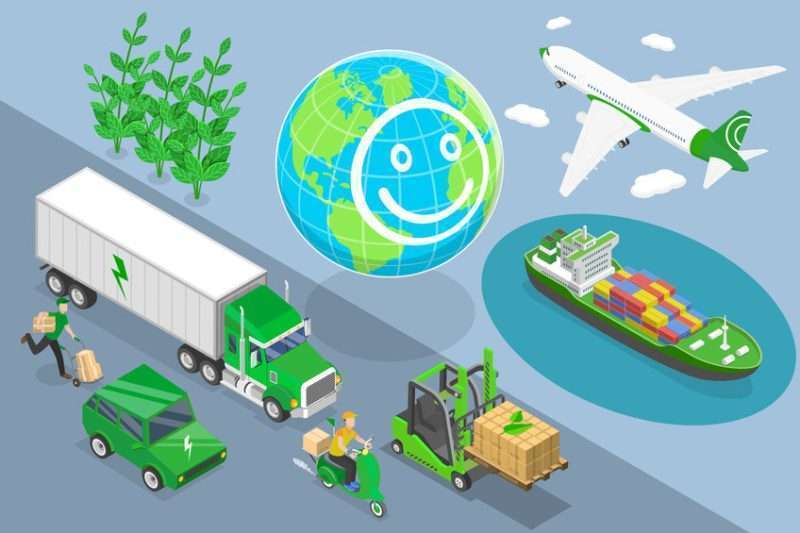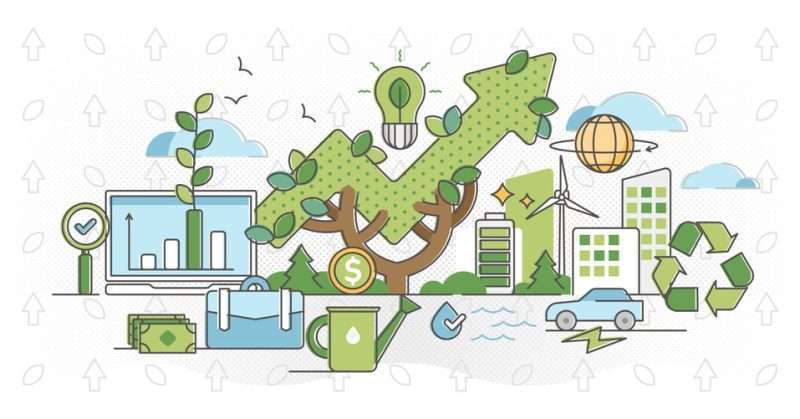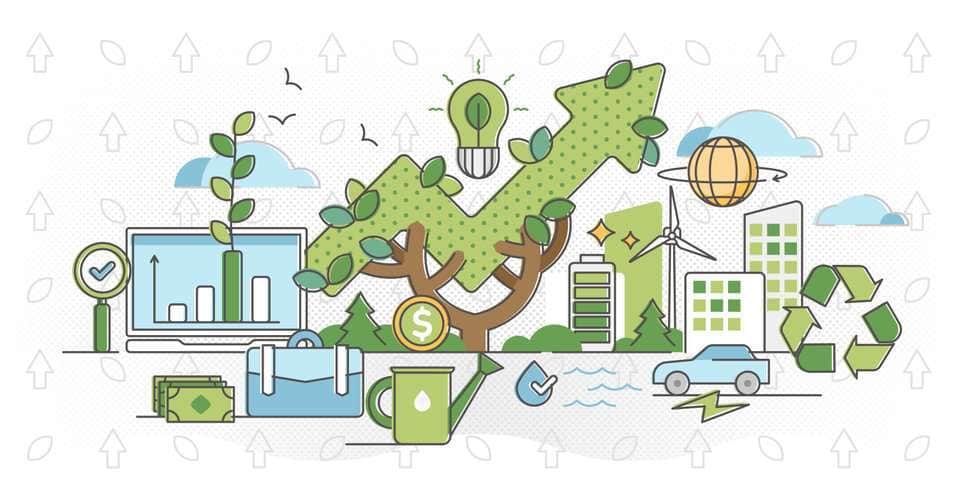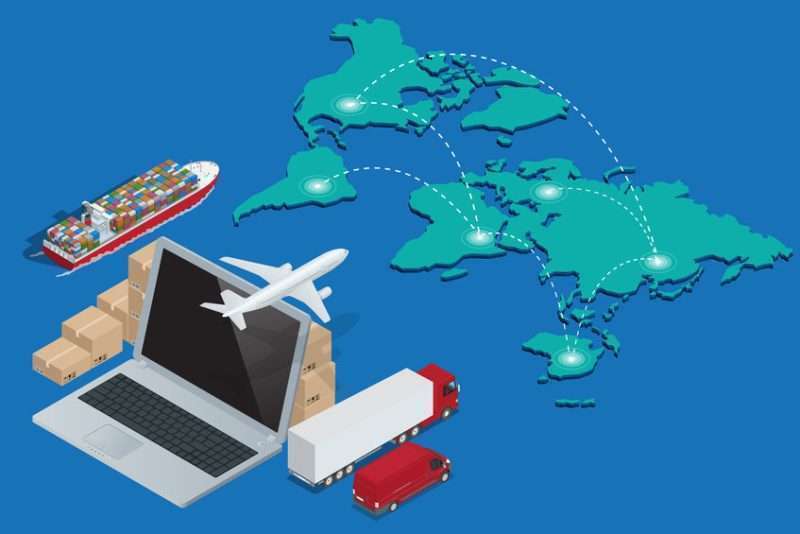-
Here’s What You Should Know About Sustainable Procurement in 2022
Sustainable business practices are a hot trend in today’s world. Social and environmental sustainability are near the top of many companies’ goals, particularly those companies located in nations that have pledged to reduce their carbon footprint and greenhouse gas emissions.
Procurement might not be the first thing that comes to mind when you think about sustainability. However, a company’s supply chain plays a huge role in determining how sustainable its business practices are. For example, McKinsey Sustainability reports that “a typical consumer company’s supply chain” accounts for “more than 80 percent of greenhouse-gas emissions and more than 90 percent of the impact on” natural resources. Other industries can also trace much of their social and environmental impact to procurement practices.
Supporting a sustainable supply chain is one of the most impactful sustainability efforts that a company can invest in. 2022 is a great time to start making changes since companies will already be working to improve the supply chain as they cope with ongoing post-pandemic economic changes.
 Sustainability Can Work Even with Supply Chain Concerns
Sustainability Can Work Even with Supply Chain ConcernsAt first glance, it might seem overwhelming to try and plan for sustainable procurement in 2022. There’s already so much to worry about with supply chain issues that adding sustainability to the mix might seem like too much. But if you’re already focused on improving your supply chain, now is a great time to start improving sustainability. You also don’t need to achieve all your sustainability goals in just one year. Even if environmentally sustainable procurement isn’t a reality yet for 100% of purchases, every step you take toward sustainability makes things better for your company and the environment.
Procurement Tactics predicts that “Because of the economic problems faced by the world with a global pandemic that forced almost all businesses to close down for a while in order to come up with solutions to adapt, economic sustainability will be the focus for the upcoming year.” Economically sustainable practices support a company’s long-term financial growth while also protecting the environment. You don’t need to sacrifice financial stability to practice sustainability. You can do both.
Though changing the supply chain to make it more sustainable might increase some short-term costs, the long-term impact of a sustainable supply chain improves your company’s bottom line. A sustainable supply chain reduces costs, improves your company’s reputation, and works toward compliance with current and future sustainability regulations.
Supply Chain Accountability Matters
No matter how sustainable and responsible your company is on its own, the other companies you work with as part of your supply chain have a large impact on overall sustainability. In one example of a supply chain issue causing major problems for a company, Mattel faced push-back when one of their tier-two suppliers was accused of irresponsibly deforesting Indonesian rainforests. Even though Mattel wasn’t directly responsible for clearing rainforests, customers still judged them based on their supplier’s actions.
Dr. Veronica H. Villena of Pennsylvania State University found that companies with successful, sustainable supply chains use a “cascading” method of management. In this model, companies require their tier-one suppliers to meet certain sustainability requirements and require them to make the same demands of their suppliers. This approach can help companies ensure that complex supply chains stay sustainable.
Sustainable supply chains help improve the consumer perception of a company. It can also help attract talent to your company since more and more employees are concerned about working for sustainable, ethical companies. The World Economic Forum found that sustainability projects can reduce costs by 9-16%, improve brand value by 15-30%, and even increase revenue by 5-20%. Those are huge benefits for a company that pile up on top of all the environmental benefits.
 Procurement Plays a Vital Role in Collaborative Sustainability
Procurement Plays a Vital Role in Collaborative SustainabilityDr. Villena also pointed out that overlooking the importance of procurement is a major mistake companies often make when working towards sustainability. Procurement is directly involved with suppliers. Procurement managers and other employees in the department have the connections needed to work with suppliers. If your company wants a more sustainable supply chain, procurement must be involved in both planning and execution.
No one department can accomplish sustainability on its own. The push for sustainability might start with a specific person or department, but it requires collaboration to accomplish. A sustainable supply chain initiative might originate with upper management, or it could start in the procurement department. For procurement directors making a case for sustainability, coming up with a plan and partnering with other stakeholders to build a business case can help make sustainable procurement a reality.
Communication and training are key to involving procurement in sustainability practices. As part of this process, procurement personnel should receive sustainability training. If a sustainable supply chain is one of the goals that come from the top-down in the company, the planning committee should involve procurement as soon as possible. A sustainable supply chain isn’t going to happen unless procurement professionals are welcomed to contribute their expertise.
What Sustainable Procurement Looks Like
The exact goals for sustainable procurement will vary by company. A sustainable procurement strategy often includes commitments to manage waste effectively, use clean energy, pay workers down the supply chain a living wage, and other environmental and ethical commitments. Looking at other companies’ and institutions’ supply chain statements is a good way to see what sustainable procurement can look like.
- Oracle’s “Sustainable Procurement Statement” is linked with their commitment to Global Citizenship and includes lowering the environmental impact of their company as well as the impact of suppliers they work with.
- Bain & Company’s “Sustainable Procurement Policy” highlights their commitment to following environmental regulations, promoting greater responsibility, and identifying risks connected to procurement.
- Oxford University’s “Sustainable Procurement Strategy” focuses on six main points, including the use of natural resources, managing delivery effectively, and working with suppliers to educate them on the importance of sustainability.
Researching other companies’ sustainability statements can give you models for writing your own and ideas for incorporating sustainability into procurement. Your company can also partner with sustainability experts to develop an improved procurement strategy and train employees in sustainable practices.
As part of your sustainability initiatives, the procurement department should work with suppliers to communicate your sustainability goals. Your company may also decide to offer incentives and/or training to preferred suppliers that will help them move toward sustainable procurement.
The Ways Automation Can Help
Making your supply chain more sustainable is an involved process. You can make it easier, though, by leveraging tools that come with automated digital procurement software. NextProcess’ Procurement Solution includes tools to enable paperless procurement, improve controls for enforcing company policy, provide more accurate data collection, and make working with suppliers easier.
Paperless Procurement
Reducing the amount of paper your company uses is one step toward more sustainable business practices. This is true in the procurement department as well as in the rest of your company. Procurement automation makes it possible to generate, submit, and store purchase orders digitally. The more you can cut back on paper, the more money you’ll save and the “greener” your procurement strategy becomes.
Improved Controls
Sustainable procurement doesn’t stop at going paperless. You’ll also be enforcing other policies that support sustainability. Procurement software lets you customize controls unique to your business. Punch out catalogs and item catalogs, for example, make it simple for your employees to only place orders from pre-approved suppliers.
Accurate Data Collection
Procurement software makes it simple to track data related to procurement. NextProcess’ software also integrates seamlessly with your ERP software, so you’ll be able to pull in data from that as well. Tracking data about your supply chain and suppliers gives you insight into key performance indicators for assessing your procurement strategy’s sustainability. And storing that data in a searchable, digital format makes it easy to access procurement information to empower informed decision-making about sustainability.
Working With Suppliers
Communicating sustainability policies to suppliers is a key task for the procurement department. Beyond that, you’ll also need a way to track information about each supplier and manage a database of sustainability-compliant partners. Automation software can help with that. One of the big challenges companies face as they consider making procurement more sustainable is the challenge of monitoring complex supply chains. That’s not nearly as much of an issue if you’re using procurement automation software.
Conclusion
Working toward sustainable procurement is an ongoing process. It’s not going to happen overnight. But every little step you take to create a sustainable supply chain for your company pays off big in the long run. As you work toward sustainable procurement, you’ll support your company’s economic sustainability. You’ll save money. And you’ll improve your company’s reputation as a leader in sustainable, ethical business practices.
Business process automation plays a key role in creating more sustainable procurement. NextProcess’ Purchase Order Module helps support your company’s sustainability goals by streamlining procurement and digitizing the paperwork. Contact us today to set up a free demo and learn more about how NextProcess can help your company reach its procurement goals.

